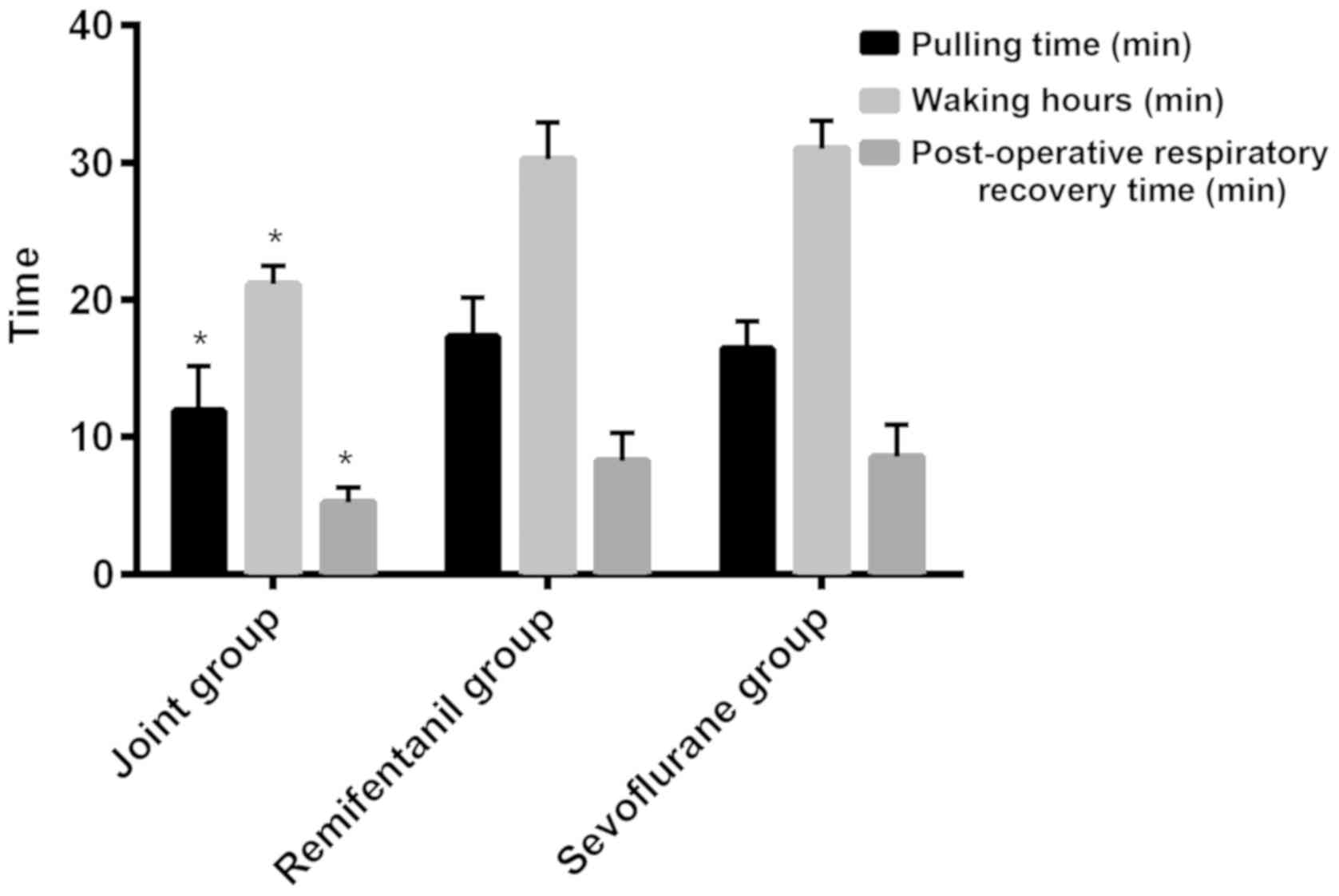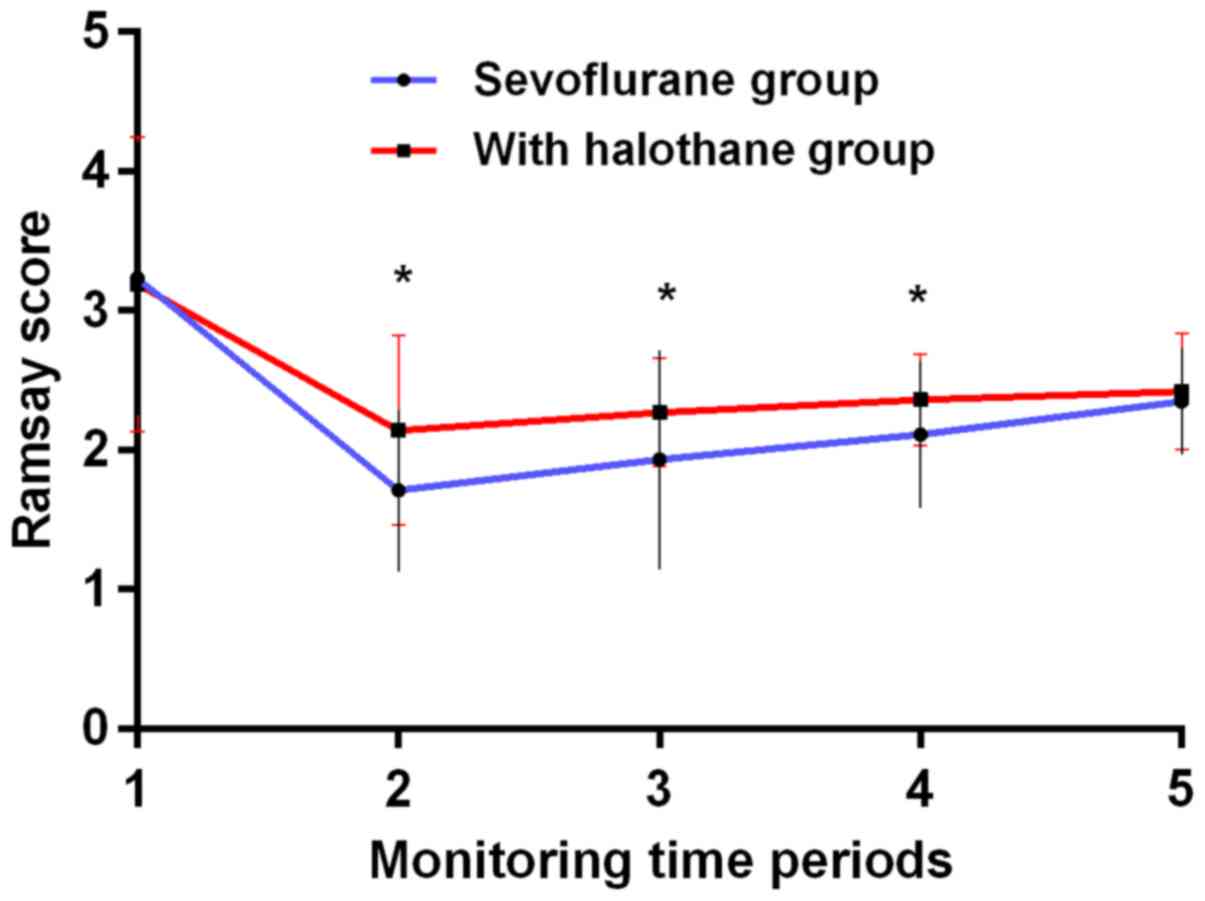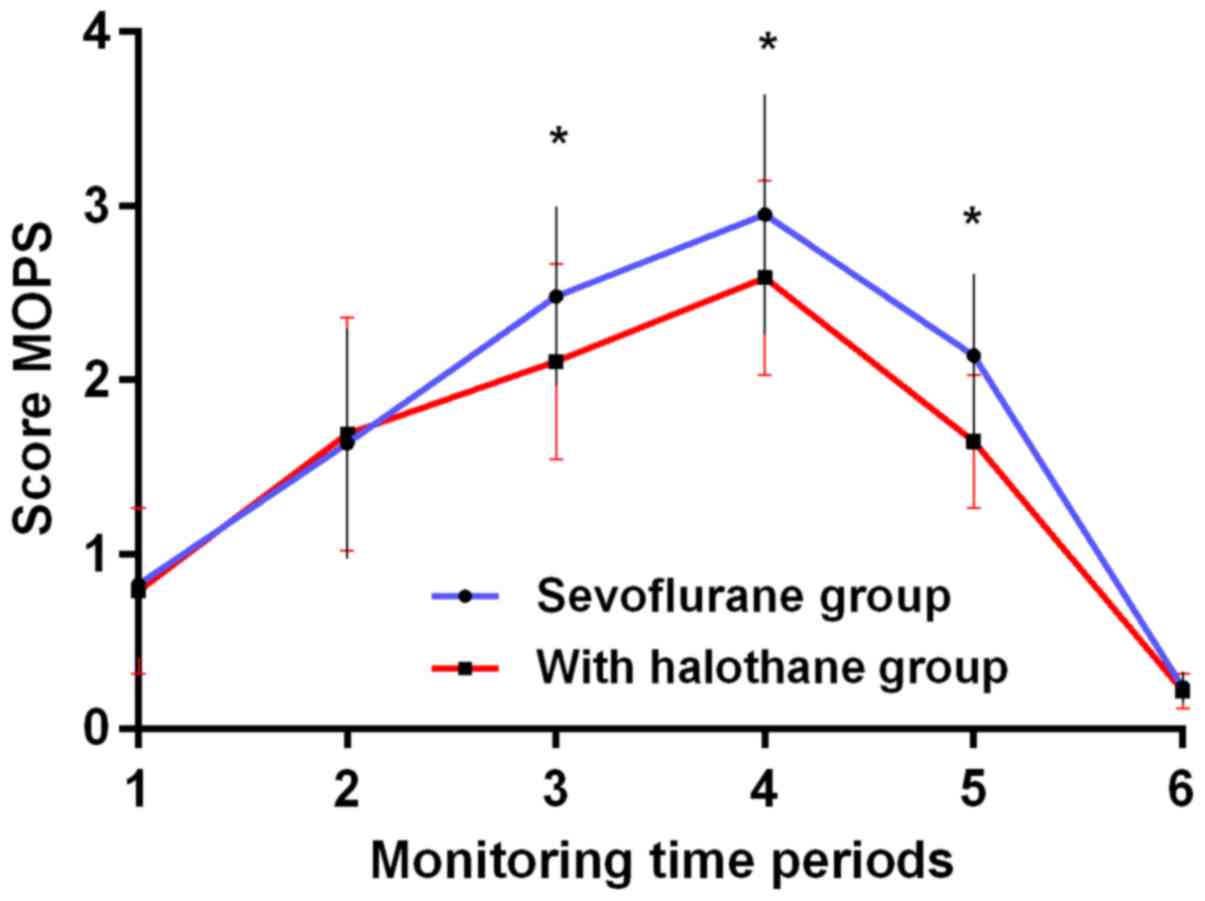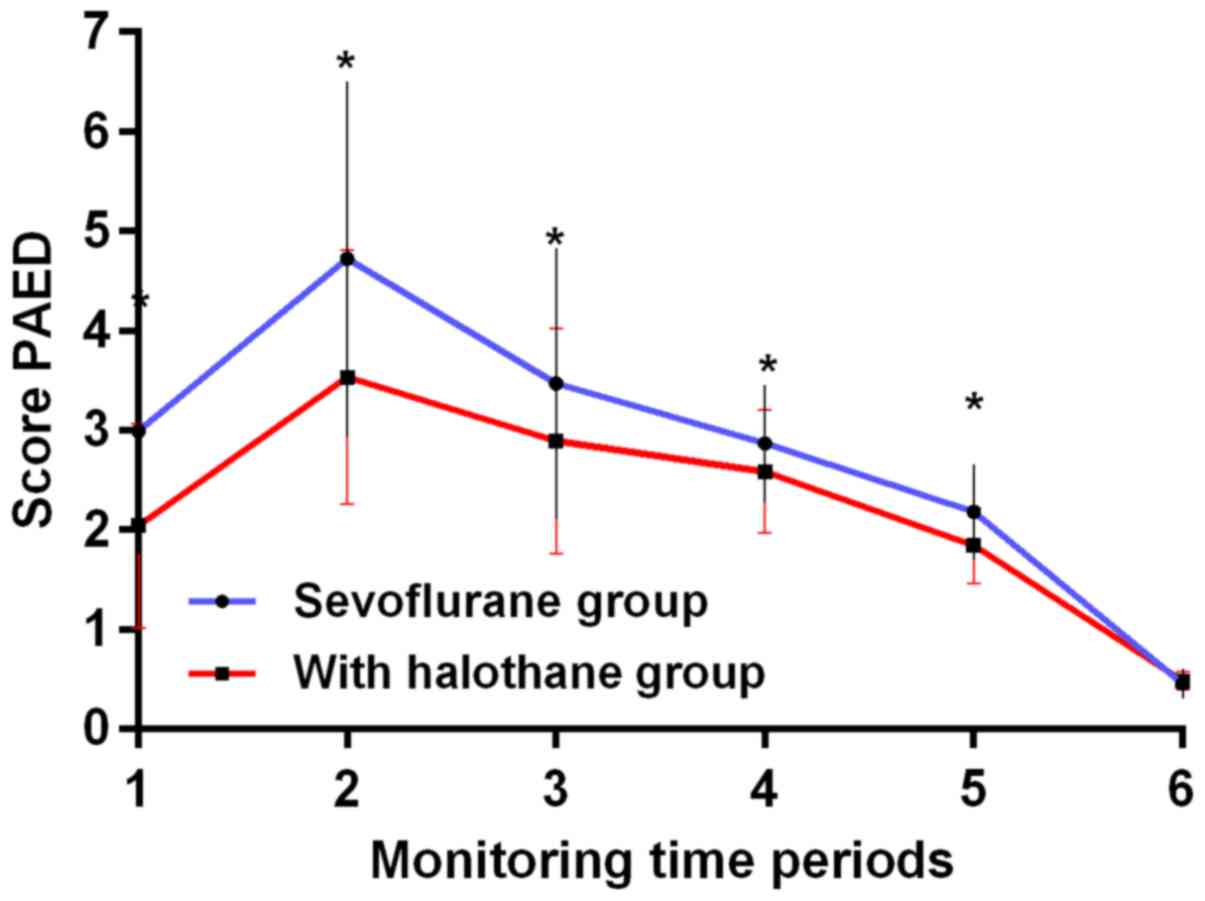|
1
|
Zagólski O: Why do palatine tonsils grow
back after partial tonsillectomy in children? Eur Arch
Otorhinolaryngol. 267:1613–1617. 2010. View Article : Google Scholar : PubMed/NCBI
|
|
2
|
Anuntaseree W, Rookkapan K, Kuasirikul S
and Thongsuksai P: Snoring and obstructive sleep apnea in Thai
school-age children: Prevalence and predisposing factors. Pediatr
Pulmonol. 32:222–227. 2001. View Article : Google Scholar : PubMed/NCBI
|
|
3
|
Gonzales R, Bartlett JG, Besser RE,
Hickner JM, Hoffman JR and Sande MA; Centers for Disease Control
and Prevention, : Principles of appropriate antibiotic use for
treatment of nonspecific upper respiratory tract infections in
adults: Background. Ann Emerg Med. 37:698–702. 2001. View Article : Google Scholar : PubMed/NCBI
|
|
4
|
Mitchell RB, Garetz S, Moore RH, Rosen CL,
Marcus CL, Katz ES, Arens R, Chervin RD, Paruthi S, Amin R, et al:
The use of clinical parameters to predict obstructive sleep apnea
syndrome severity in children: The Childhood Adenotonsillectomy
(CHAT) study randomized clinical trial. JAMA Otolaryngol Head Neck
Surg. 141:130–136. 2015. View Article : Google Scholar : PubMed/NCBI
|
|
5
|
Yazıcı H: Nasal mucociliary clearance in
adenoid hypertrophy and otitis media with effusion. Curr Allergy
Asthma Rep. 15:742015. View Article : Google Scholar : PubMed/NCBI
|
|
6
|
Karadağ S, Özkiriş M, Kubilay U and
Söyletir G: The effect of radiofrequency ablation on microbiology
of the tonsils. Int J Pediatr Otorhinolaryngol. 76:1654–1657. 2012.
View Article : Google Scholar : PubMed/NCBI
|
|
7
|
Kim HJ, Park BK and Chung IS: Comparison
of general anesthesia and conscious sedation during computed
tomography-guided radiofrequency ablation of T1a renal cell
carcinoma. Can Assoc Radiol J. 69:24–29. 2018. View Article : Google Scholar : PubMed/NCBI
|
|
8
|
Wormald PJ, van Renen G, Perks J, Jones JA
and Langton-Hewer CD: The effect of the total intravenous
anesthesia compared with inhalational anesthesia on the surgical
field during endoscopic sinus surgery. Am J Rhinol. 19:514–520.
2005. View Article : Google Scholar : PubMed/NCBI
|
|
9
|
Kaskinoro K, Maksimow A, Georgiadis S,
Långsjö J, Scheinin H, Karjalainen P and Jääskeläinen SK:
Electroencephalogram reactivity to verbal command after
dexmedetomidine, propofol and sevoflurane-induced unresponsiveness.
Anaesthesia. 70:190–204. 2015. View Article : Google Scholar : PubMed/NCBI
|
|
10
|
Esper T, Wehner M, Meinecke CD and
Rueffert H: Blood/Gas partition coefficients for isoflurane,
sevoflurane, and desflurane in a clinically relevant patient
population. Anesth Analg. 120:45–50. 2015. View Article : Google Scholar : PubMed/NCBI
|
|
11
|
Guler G, Akin A, Tosun Z, Ors S, Esmaoglu
A and Boyaci A: Single-dose dexmedetomidine reduces agitation and
provides smooth extubation after pediatric adenotonsillectomy.
Paediatr Anaesth. 15:762–766. 2005. View Article : Google Scholar : PubMed/NCBI
|
|
12
|
Xu X, Zheng C, Li N, Shen H and Wang G:
The decrease of NMDAR subunit expression and NMDAR EPSC in
hippocampus by neonatal exposure to desflurane in mice. Behav Brain
Res. 317:82–87. 2017. View Article : Google Scholar : PubMed/NCBI
|
|
13
|
Demirel I, Ozer AB, Bayar MK and Erhan OL:
Anaesthesia management for acute appendicitis in cases with
Sjogren's syndrome accompanying autoimmune hepatitis. BMJ Case Rep.
2013(pii): bcr20120081112013.PubMed/NCBI
|
|
14
|
Yildirim H, Adanir T, Atay A, Katircioğlu
K and Savaci S: The effects of sevoflurane, isoflurane and
desflurane on QT interval of the ECG. Eur J Anaesthesiol.
21:566–570. 2004. View Article : Google Scholar : PubMed/NCBI
|
|
15
|
Zeng G, Zhao Z, Yang F, Zhong W, Wu W and
Chen W: Retrograde intrarenal surgery with combined spinal-epidural
vs general anesthesia: A prospective randomized controlled trial. J
Endourol. 29:401–405. 2015. View Article : Google Scholar : PubMed/NCBI
|
|
16
|
Hsu CW, Sun SF, Chu KA, Lee DL and Wong
KF: Monitoring sedation for bronchoscopy in mechanically ventilated
patients by using the Ramsay sedation scale versus auditory-evoked
potentials. BMC Pulm Med. 14:152014. View Article : Google Scholar : PubMed/NCBI
|
|
17
|
Buonsenso D, Barone G, Valentini P, Pierri
F, Riccardi R and Chiaretti A: Utility of intranasal Ketamine and
Midazolam to perform gastric aspirates in children: A double-blind,
placebo controlled, randomized study. BMC Pediatr. 14:672014.
View Article : Google Scholar : PubMed/NCBI
|
|
18
|
Locatelli BG, Ingelmo PM, Emre S, Meroni
V, Minardi C, Frawley G, Benigni A, Di Marco S, Spotti A, Busi I,
et al: Emergence delirium in children: A comparison of sevoflurane
and desflurane anesthesia using the Paediatric Anesthesia Emergence
Delirium scale. Paediatr Anaesth. 23:301–308. 2013. View Article : Google Scholar : PubMed/NCBI
|
|
19
|
Yilmaz T, Koçan EG and Besler HT: The role
of oxidants and antioxidants in chronic tonsillitis and adenoid
hypertrophy in children. Int J Pediatr Otorhinolaryngol.
68:1053–1058. 2004. View Article : Google Scholar : PubMed/NCBI
|
|
20
|
Dalal KS, Choudhary MV, Palsania AJ and
Toal PV: Desflurane for ambulatory anaesthesia: A comparison with
sevoflurane for recovery profile and airway responses. Indian J
Anaesth. 61:315–320. 2017. View Article : Google Scholar : PubMed/NCBI
|
|
21
|
Amin AM, Mohammad MY and Ibrahim MF:
Comparative study of neuromuscular blocking and hemodynamic effects
of rocuronium and cisatracurium under sevoflurane or total
intravenous anesthesia. Middle East J Anaesthesiol. 20:39–51.
2009.PubMed/NCBI
|
|
22
|
Krenzischek DA, Schaefer J, Nolan M,
Bukowski J, Twilley M, Bernacki E and Dorman T: Phase I
collaborative pilot study: Waste anesthetic gas levels in the PACU.
J Perianesth Nurs. 17:227–239. 2002. View Article : Google Scholar : PubMed/NCBI
|
|
23
|
Lin TC, Lu CC, Kuo CK, Hsu CH, Huang GS,
Liu JY and Ho ST: Single vital-capacity and successive tidal-volume
breathing of sevoflurane in induction of anesthesia for tracheal
intubation in gynecologic patients. Acta Anaesthesiol Taiwan.
46:66–70. 2008. View Article : Google Scholar : PubMed/NCBI
|
|
24
|
Ishibashi H: More effective induction of
anesthesia using midazolam-butorphanol-ketamine-sevoflurane
compared with ketamine-sevoflurane in the common marmoset monkey
(Callithrix jacchus). J Vet Med Sci. 78:317–319. 2016. View Article : Google Scholar : PubMed/NCBI
|
|
25
|
Schaller BJ, Sandu N, Cornelius JF, Filis
A and Perez-Pinzon MA; Trigemino-Cardiac-Reflex-Examination-Group
(T.C.R.E.G.), : Oxygen-conserving implications of the
trigemino-cardiac reflex in the brain: The molecular basis of
neuroprotection? Mol Med. 15:125–126. 2009. View Article : Google Scholar : PubMed/NCBI
|
|
26
|
Pellis T, Leykin Y, Albano G, Zannier G,
Di Capua G, Marzano B and Gullo A: Perioperative management and
monitoring of a super-obese patient. Obes Surg. 14:1423–1427. 2004.
View Article : Google Scholar : PubMed/NCBI
|
|
27
|
Yoder BA, Stoddard RA, Li M, King J,
Dirnberger DR and Abbasi S: Heated, humidified high-flow nasal
cannula versus nasal CPAP for respiratory support in neonates.
Pediatrics. 131:e1482–e1490. 2013. View Article : Google Scholar : PubMed/NCBI
|
|
28
|
Wang X, Jiang T and Zhao B: Effects of
different maintain doses of dexmedetomidine on plasma cortisol and
glucose during anesthesia recovery period in patients undergoing
uvulopalatopharyngoplasty under sevoflurane inhalation anesthesia.
Lin Chung Er Bi Yan Hou Tou Jing Wai Ke Za Zhi. 28:1154–1157.
2014.(In Chinese). PubMed/NCBI
|


















